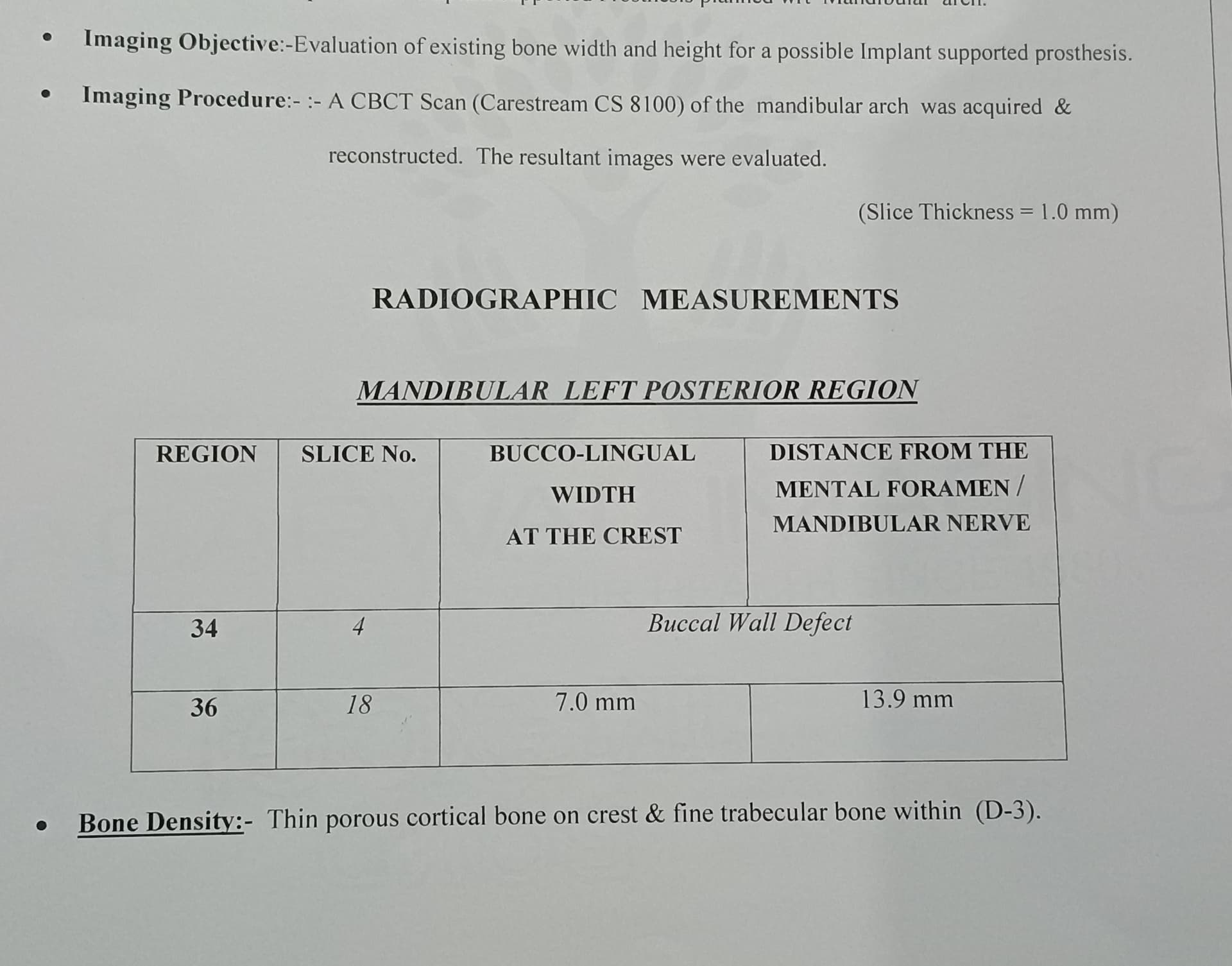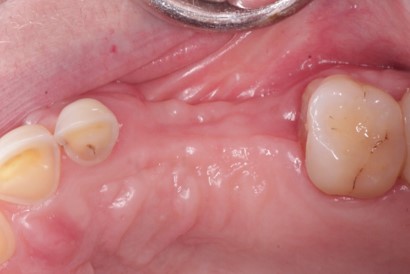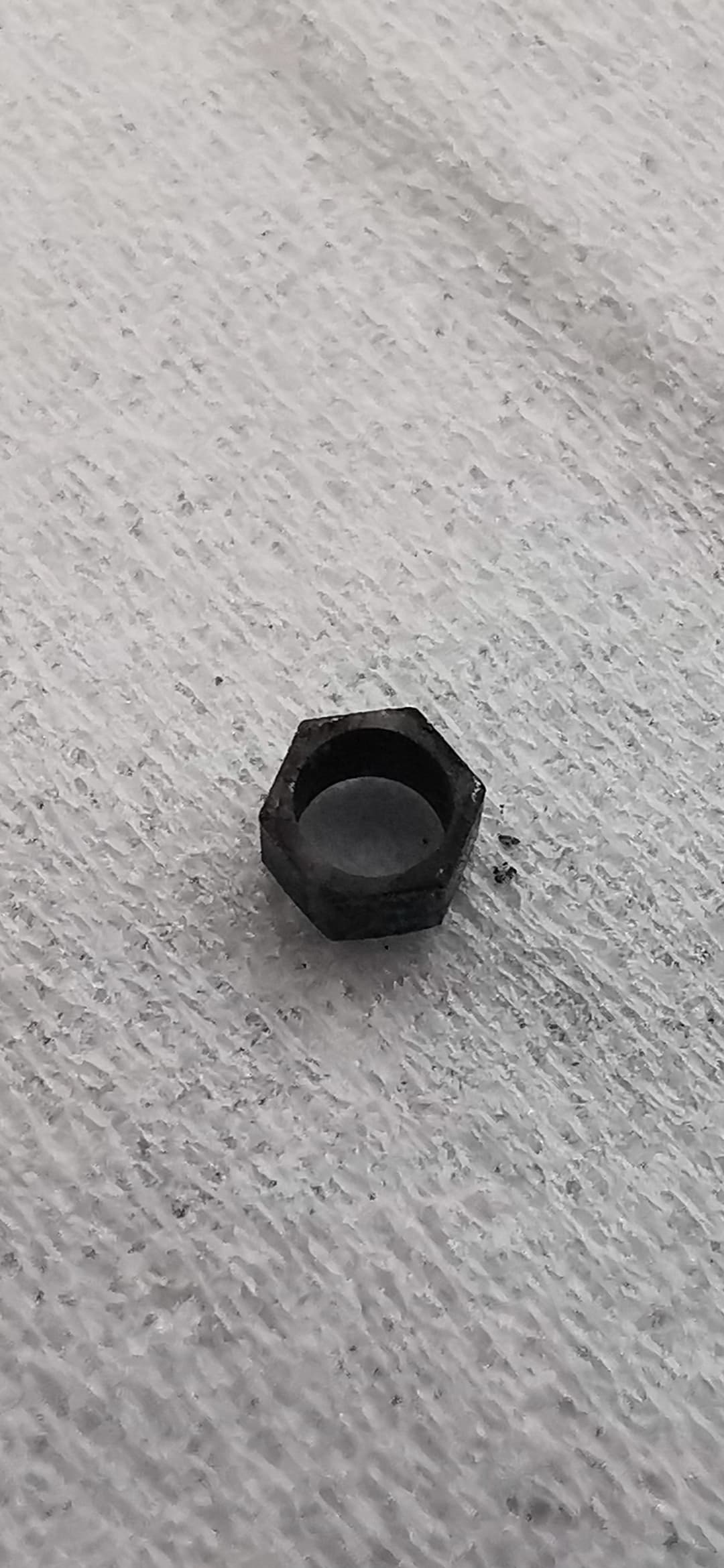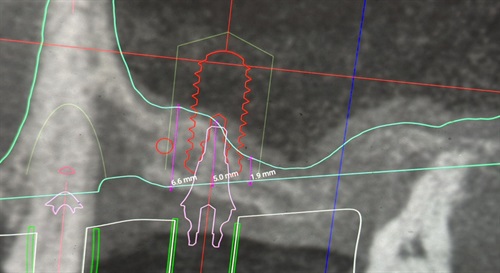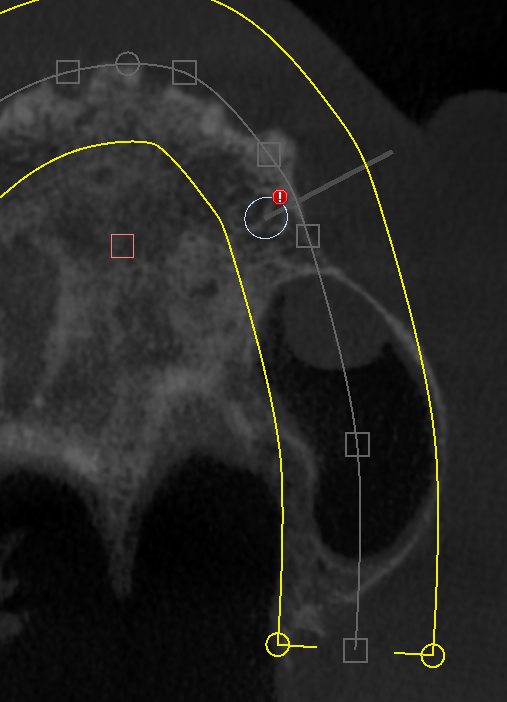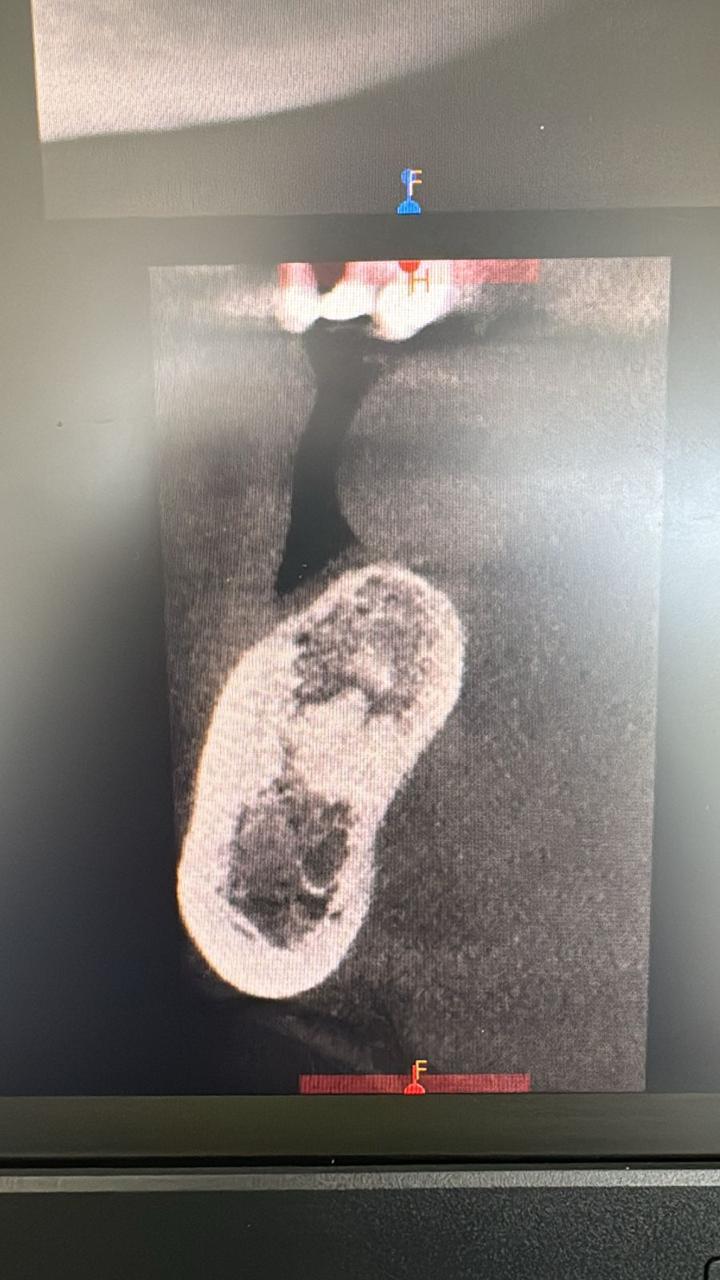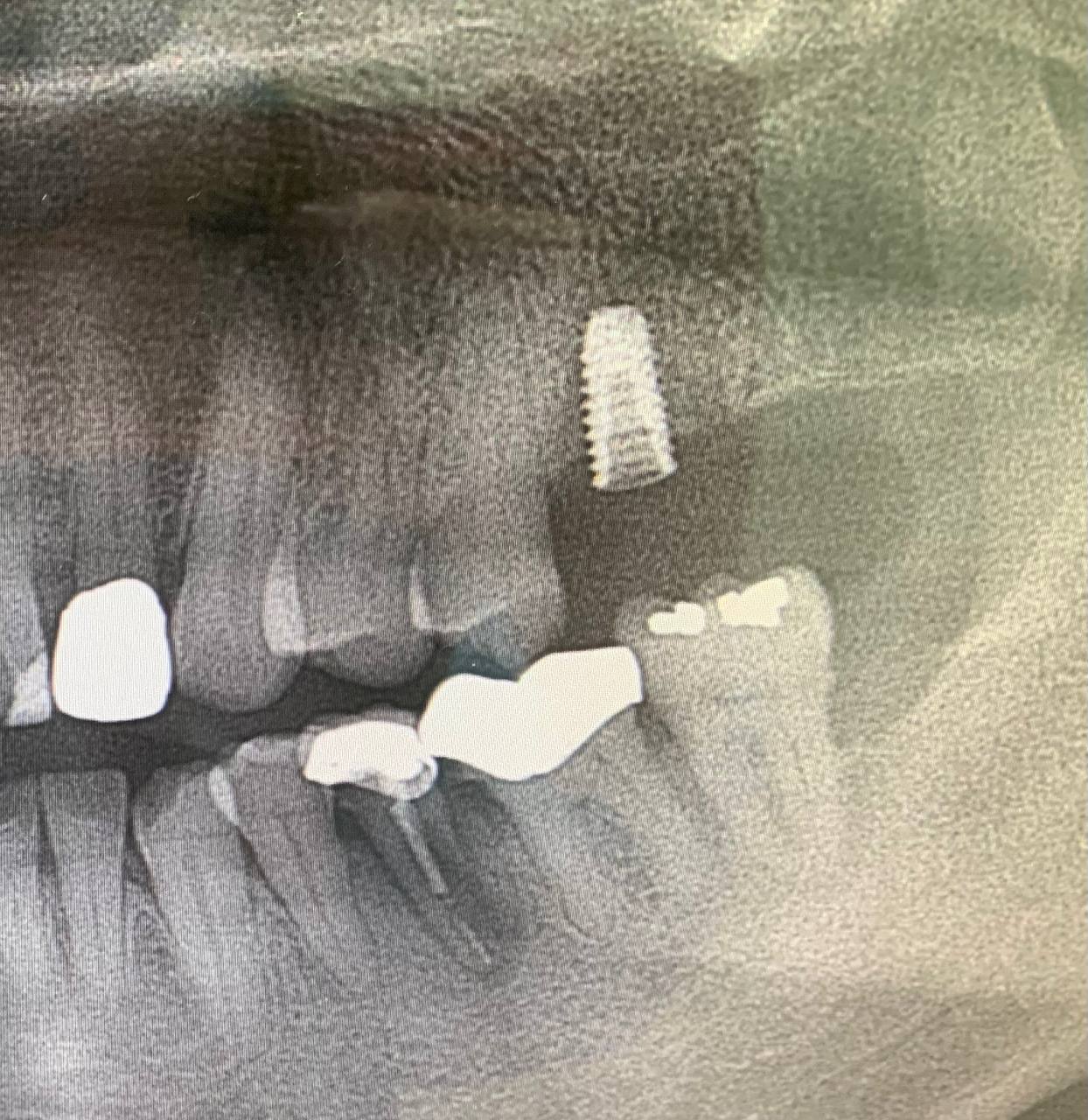Plasma Rich in Growth Factors: Long Term Implant Survival after Sinus Augmentation?
Plasma Rich in Growth Factors (PRGF) technology was first introduced in 1999, by Anitua1. The term œPRGF identifies exclusively 100% autologous and biocompatible formulations elaborated by a one-step centrifugation process using sodium citrate and calcium chloride as anticoagulant and activator, respectively. Plasma rich in growth factors has a moderated platelet concentration and does not contain leukocytes, with the aim of avoiding the proinflammatory effects of proteases and acid hydrolases in white blood cells2. The aim of PRGF is to accelerate the repair/regeneration mechanisms of various tissues. A recent study attempted To identify determinants of long-term implant survival after sinus augmentation procedure (SAP) using a combination of plasma rich in growth factors (PRGF) and graft material.
The conclusion:
The use of PRGFs for maxillary sinus grafting may be an effective and safe treatment option for the rehabilitation of atrophic edentulous posterior maxillae. However, randomized clinical trials are needed to confirm these findings.3
What have been your results with PRGF?
1\. Anitua E. Plasma rich in growth factors: preliminary results of use in the preparation of sites for implants. Int J Oral Maxillofac Implants. 1999. Jul-Aug; 14 (4): 529“352.Anitua E, S¡nchez M, Orive G, Andia I. Delivering growth factors for therapeutics. Trends Pharmacol Sci. 2008. January; 29 (1): 37“ 41. [PubMed]
3. Implant Dent. 2017 Apr;26(2):199-208. Long-Term Implant Survival After 100 Maxillary Sinus Augmentations Using Plasma Rich in Growth Factors. Khouly I et al.











